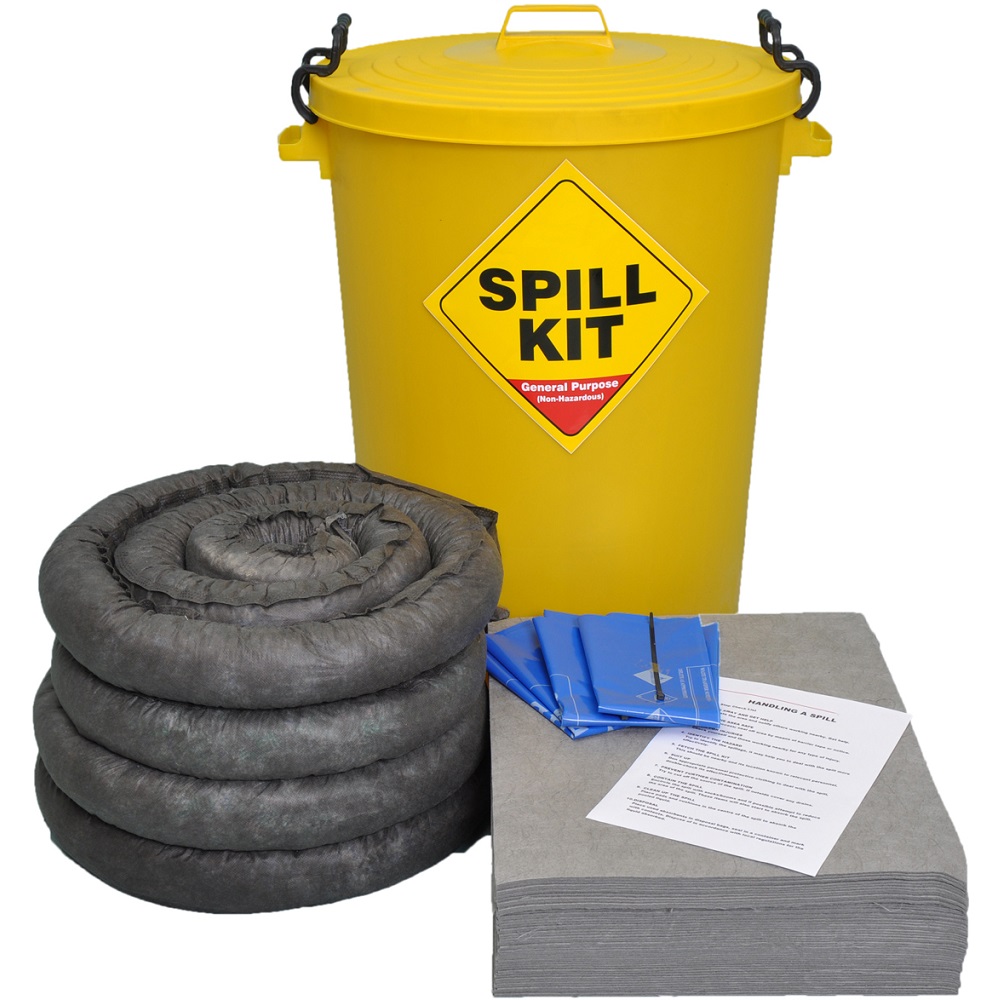
Imagine paying hefty fines or facing strict legal actions just because your workplace doesn’t have effective spill control strategies in place. This can happen more often than you think if your business handles oils, chemicals, fuels, or hazardous liquids. In such settings, spills can be dangerous and costly.
Sometimes, a single spill can lead to serious consequences, such as environmental contamination and health hazards. Apart from that, regulatory authorities have strict rules to protect people and the planet. As a business owner, you must ensure that your company follows these rules to avoid legal trouble, fines, or business interruption.
From understanding all regulations to using a general purpose spill kit and other tools, you can adopt different methods to stay compliant. Let’s explore these methods without further ado.
Effective Methods to Stay Compliant with Spill Control Regulations
Understand the Relevant Regulations
The first step is knowing exactly what laws apply to your business. Spill control is covered under several regulations. Depending on what you store or transport, sector-specific rules may also apply. You should take the time to read, understand, and stay updated with these legal requirements.
The best thing you can do is to consult with an environmental health officer, a spill control consultant, or a legal advisor. Understanding these laws helps you avoid unintentional violations. Moreover, it also gives you a solid foundation for building a compliant workplace.
Carry Out a Spill Risk Assessment
Once you know the regulations, the next thing you should do is assess your risk. A spill risk assessment helps you identify what substances you handle, how they’re stored, where they could leak, and what the impact would be. You should walk through your site and look closely at storage tanks, delivery points, waste areas, and machinery.
You should also think about what could go wrong and how severe the consequences would be. Make sure you record your findings and update this assessment regularly, especially when processes or materials change. This step not only keeps you compliant but also prepares you for unexpected incidents.
Install Proper Spill Containment Solutions
You must have the right containment systems in place to ensure compliance with all regulations. It includes using drip trays, bundled pallets, spill pallets, and secondary containment units under tanks or drums. These tools are designed to stop leaks from spreading and reaching drains or soil.
Make sure every hazardous substance is stored properly and that containers are regularly checked. Installing proper containment measures shows regulators that you’re serious about preventing environmental harm and protecting your workers. It also reduces clean-up costs in the long run and keeps your workplace safer.
Train Your Staff
It is one of the most crucial things you need to do. You should train your staff to handle spills quickly, safely, and correctly. Everyone should know where the spill kits are kept, how to use them, and what steps to take in case of an emergency. Regular training sessions and drills can help keep procedures fresh in their minds.
Apart from that, you should also teach them how to report spills and whom to contact. When your team is trained well, it reduces panic during emergencies and increases your chances of stopping a spill before it causes damage.
Keep Proper Documentation
Documentation plays a big role in compliance. You need to keep records of your risk assessments, staff training, spill kit checks, equipment maintenance, and any spill incidents that occur. These records prove that you’re following the law and have efficient systems in place to prevent and respond to spills.
Make sure your documents are up-to-date, clear, and stored safely. During inspections or audits, these complete records will work in your favour. They also help you review your processes over time and identify areas for improvement.
Stock and Maintain the Right Spill Kits
Having spill kits on-site is a legal requirement. However, simply having them isn’t enough. You need the right type, size, and quantity. You should choose spill kits based on the materials you store. For example, oil-only kits for fuel spills, chemical kits for acids or solvents, an AdBlue spill kit for specialised diesel, and general-purpose kits for everyday leaks.
You should place them in visible and easy-to-reach locations near high-risk zones. Moreover, you should regularly inspect and refill them. An expired or half-used spill kit is as good as useless during a real incident. Maintaining your spill kits shows authorities that you’re prepared and proactive about safety.
Create a Spill Response Plan
A written spill response plan is essential. This document should explain what steps to take when a spill occurs. It must highlight who to call, how to contain the spill, what PPE to wear, and how to dispose of waste safely. You should share it with all employees and review and update the plan regularly.
Spill control compliance is not just about meeting legal requirements. It’s about creating a safe and responsible business. Adopting the aforementioned methods can help you ensure compliance.